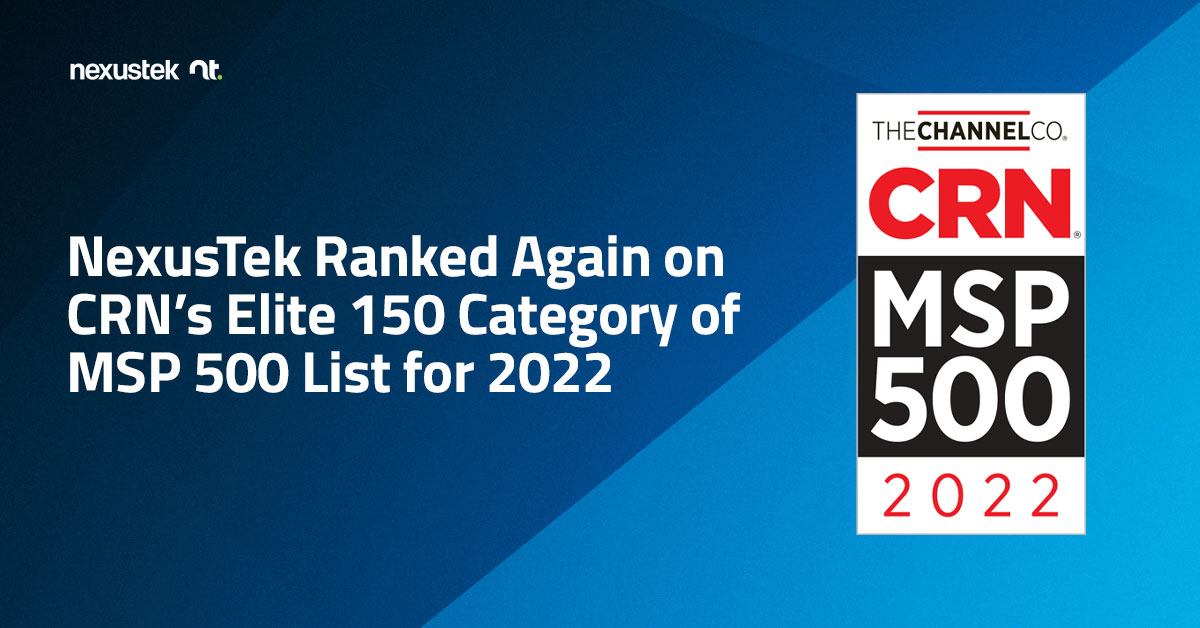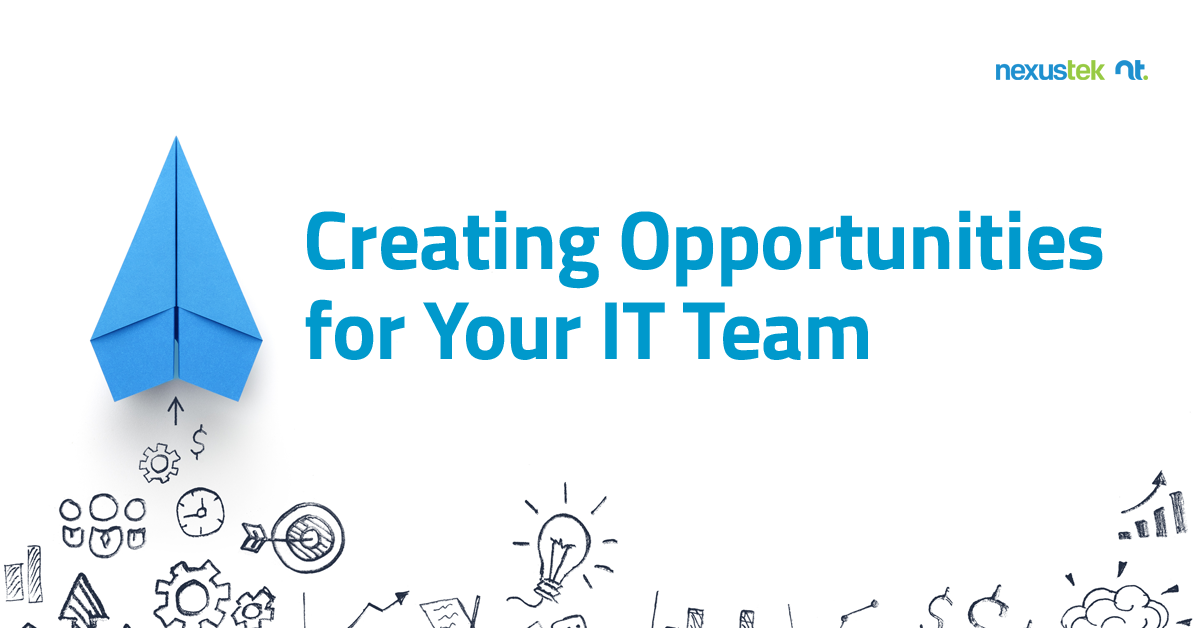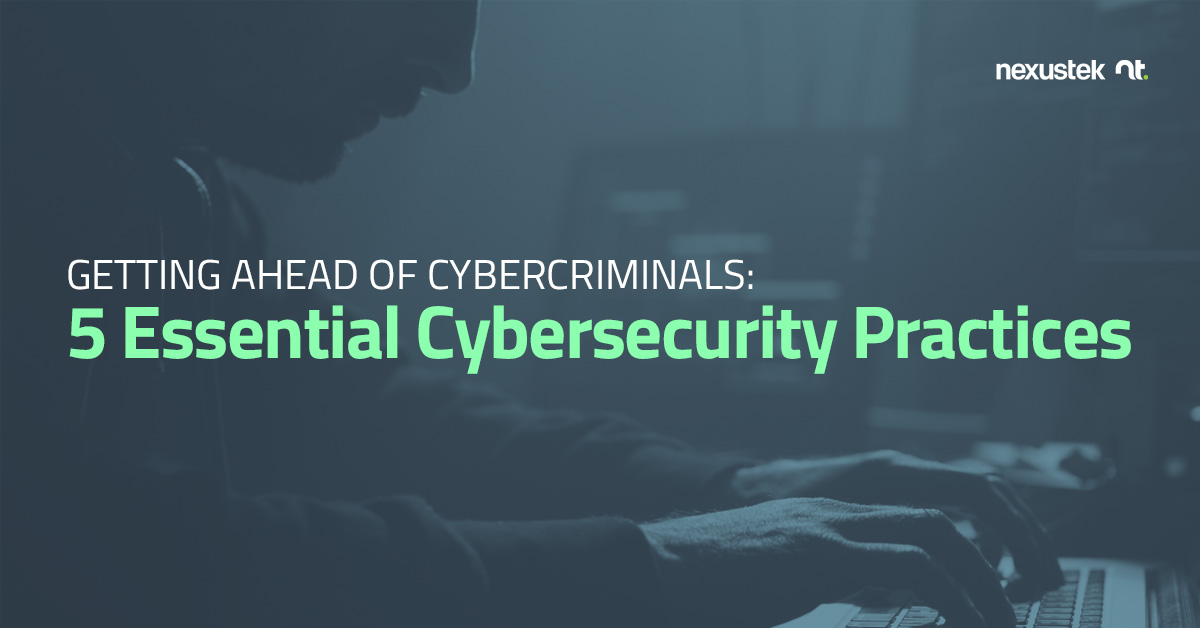
NexusTek Ranked Again on CRN’s Elite 150 Category of MSP 500 List for 2022
Recognized for the sixth consecutive year as an exemplary technology provider
Denver, CO (February 24, 2022) — NexusTek, a top national cloud, managed IT services, and cyber security provider, announced today that CRN®, a brand of The Channel Company, has named NexusTek to its Managed Service Provider (MSP) 500 list in the Elite 150 category for 2022. CRN’s annual MSP 500 list identifies the leading service providers in North America whose forward-thinking approaches to managed services are changing the landscape of the IT channel, helping end users increase efficiency and simplify IT solutions, while maximizing their return on investment.
NexusTek was selected for inclusion on the Elite 150 list because of its continuing responsiveness to clients’ IT needs, many of which changed in the wake of the pandemic. Notably, NexusTek assists organizations with the integration and optimization of remote operations, and provides support to adopt cybersecurity best practices to protect their employees and data. NexusTek also collaborates with technology partners to deliver end-to-end IT solutions and the support businesses require to achieve their desired business outcomes.
“It is truly an honor to be recognized on CRN’s Elite 150 list for the sixth year in a row,” said Mike Hamuka, CRO, NexusTek. “NexusTek’s consistent inclusion on this list is evidence of our commitment to excellence in IT services. We will continue to draw upon our team’s considerable talents, core values, and aspirational goals to deliver solutions that meet and exceed our clients’ evolving needs.”
“In addition to having to adjust their own business operations to account for the changed conditions during the pandemic, MSPs have also seen increased demand for their managed communications, collaboration and security services,” said Blaine Raddon, CEO of The Channel Company. “The solution providers on our 2022 MSP 500 list deserve credit for their innovative and game-changing approaches to managed services in these unpredictable times, as well as their ability to optimize operational efficiencies and systems without straining IT budgets.”
The MSP 500 list will be featured in the February 2022 issue of CRN and online at www.crn.com/msp500.
About NexusTek
Trusted by thousands of small and medium-sized businesses (SMBs), NexusTek is a national managed IT services provider with a comprehensive portfolio comprised of end-user services, cloud, infrastructure, cyber security, and IT consulting. We design holistic solutions for customers that deliver a superior end-user experience, backed by a 24/7/365 domestically staffed support team. NexusTek Managed Service Plans offer end-to-end IT management with fixed-monthly, per-user pricing through which SMBs can leverage helpdesk, backup, disaster recovery, dedicated engineers, security, 24×7 remote support and network monitoring services while creating predictable IT budgets.








